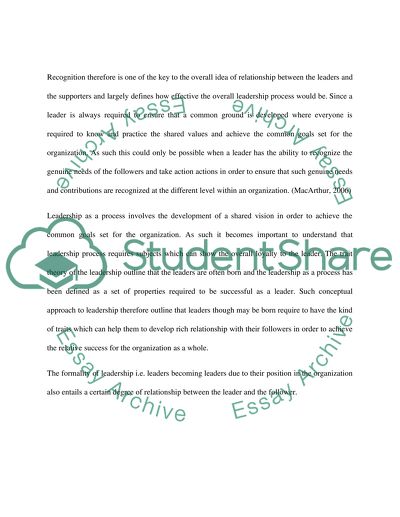Cite this document
(“Organizational Leadership 2 Essay Example | Topics and Well Written Essays - 2000 words”, n.d.)
Retrieved from https://studentshare.org/environmental-studies/1415195-organizational-leadership
Retrieved from https://studentshare.org/environmental-studies/1415195-organizational-leadership
(Organizational Leadership 2 Essay Example | Topics and Well Written Essays - 2000 Words)
https://studentshare.org/environmental-studies/1415195-organizational-leadership.
https://studentshare.org/environmental-studies/1415195-organizational-leadership.
“Organizational Leadership 2 Essay Example | Topics and Well Written Essays - 2000 Words”, n.d. https://studentshare.org/environmental-studies/1415195-organizational-leadership.


